
Alexa devices rely on a steady WiFi connection to process commands, stream music, control smart devices, and update their software. If your Alexa device won’t connect to WiFi, it can feel frustrating, but most issues can be solved with step-by-step troubleshooting. This guide covers the main causes and solutions for fixing Alexa WiFi problems in 2025.
Click Here---> Live Chat For Alexa Helpline Or Customer Support
Common Causes of WiFi Connection Issues
Knowing the reason behind the problem helps target the solution:
Incorrect WiFi Password: Entering the wrong password is still a leading cause when reconnecting Alexa to a wireless network.
Router Placement and Signal Strength: Alexa needs a strong signal. Large distances or physical barriers between the router and your device weaken connections.
Outdated Firmware or App: Alexa devices and the Alexa app need the latest updates. Old software may have bugs or lack support for new network standards.
Router Network Issues: Sometimes the router itself is the culprit. Hardware faults, outdated firmware, or excessive traffic can block Alexa.
Dual-Band Routers: Some Alexa models work better on 2.4 GHz networks than 5 GHz due to range and compatibility.
WiFi or Internet Outage: Service interruptions from your Internet provider will knock Alexa offline until resolved.
MAC Address Filtering: If your router blocks new devices by default or uses MAC filtering, Alexa can’t connect until permitted.
Step-by-Step Fixes Alexa Won't Connect to WiFi
Let’s walk through a systematic approach to solve most WiFi connectivity problems:
1. Check Your Internet Connection
Test other devices (phone, tablet, laptop) on the same WiFi. If none have Internet, restart your modem and router.
When only Alexa fails, focus on its individual setup.
2. Restart Everything
Restart Alexa Device: Unplug, wait 10 seconds, plug back in.
Restart Router and Modem: Unplug both, wait 30 seconds, plug in modem first, then router. This clears up temporary glitches and memory errors.
3. Verify WiFi Info and Settings
Open the Alexa app on your phone.
Go to Devices, then select your Alexa device.
In settings, check the WiFi network name and ensure you enter the correct password.
If password or SSID has changed, select “Change” and follow prompts to input the updated info.
4. Move Alexa Closer to Router
If possible, bring your Alexa device within 10 feet of your router to test.
Avoid placing Alexa behind thick walls, in cabinets, or near microwaves/cordless phones that may interfere.
5. Update Firmware and Alexa App
Make sure the Alexa app is up-to-date through your device’s app store.
Alexa smart speakers usually update automatically, but you can prompt an update by plugging them in and letting them sit idle for a while.
6. Switch Network Bands
If your router offers both 2.4 GHz and 5 GHz networks, experiment with both.
Some older Alexa devices perform better on the 2.4 GHz band, which has greater range but slower speeds.
7. Check for MAC Filtering
Log into router settings via a browser.
If MAC filtering is on, add Alexa’s MAC address to the allowed list (find this in the Alexa app under device settings).
8. Forget and Re-Add Network
In the Alexa app, ‘Forget’ the current WiFi connection.
Reconnect to your network by selecting it from the WiFi list and entering the password again.
9. Factory Reset as a Last Resort
If all fails, perform a factory reset. Hold the reset button (varies by model) or use the app instructions.
Reconnect to WiFi as if setting up for the first time.
Note: This erases all custom settings/routines.
Special Network Configurations and Advanced Tips
Hidden SSID: If your WiFi network name is hidden, manually enter it when connecting Alexa.
Network Overload: Too many devices on one network can lead to connection failures. Try disconnecting a few to see if Alexa connects.
Firmware and Security Updates on Router: Keeping your router firmware up-to-date helps Alexa stay compatible and secure.
Guest Networks: Alexa typically works best when on your main home network, not a guest network that restricts device communication.
Multiple Alexa Devices: If only one device fails while others work, it may be a hardware issue with that device.
Preventing Future Connection Problems
After solving your immediate issue, consider these steps to avoid future disconnects:
Position Alexa and your router for optimal signal strength — elevated and in open space.
Run regular firmware updates on both Alexa and your router.
Document network changes, including name and password, for easy future access.
Consider assigning a static IP address to your Alexa device in router settings if frequent disconnects occur.
When to Contact Support
If you’ve run through all fixes and Alexa won’t connect to WiFi, reaching out to support is the best next step. The Alexa Helpline and Alexa Customer Service Number can help with advanced troubleshooting and device replacement if a hardware fault is confirmed. Be ready to provide information like your device model, router brand, and a summary of what you’ve already tried.
Click Here---> Live Chat For Alexa Helpline Or Customer Support
Summary:
Fixing Alexa’s WiFi issues means working through power cycling, updating firmware, verifying passwords, testing connections, and adjusting network settings. Most problems are temporary and resolve with patience and careful troubleshooting. Staying proactive with maintenance ensures your home stays seamlessly connected and voice-controlled throughout the year.

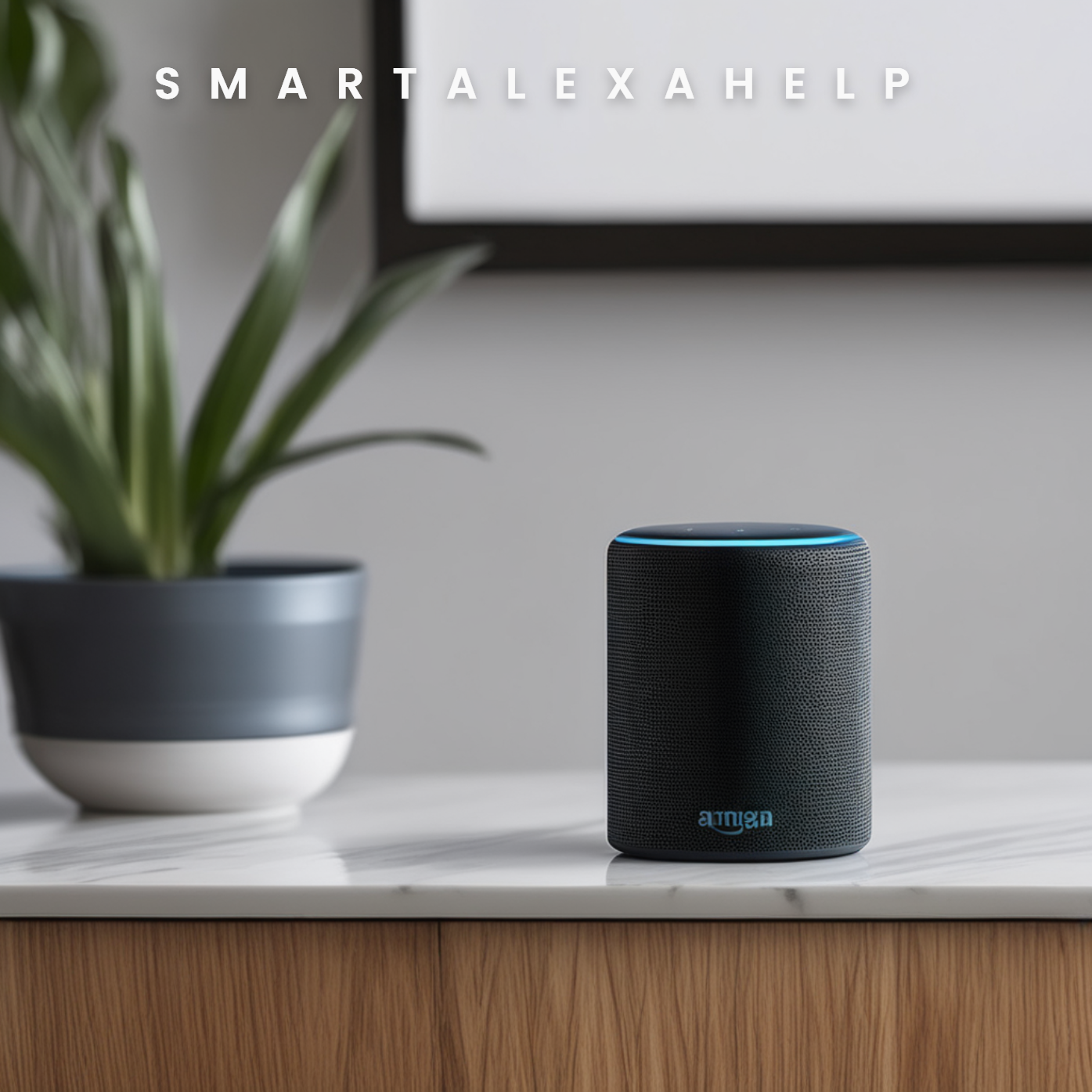
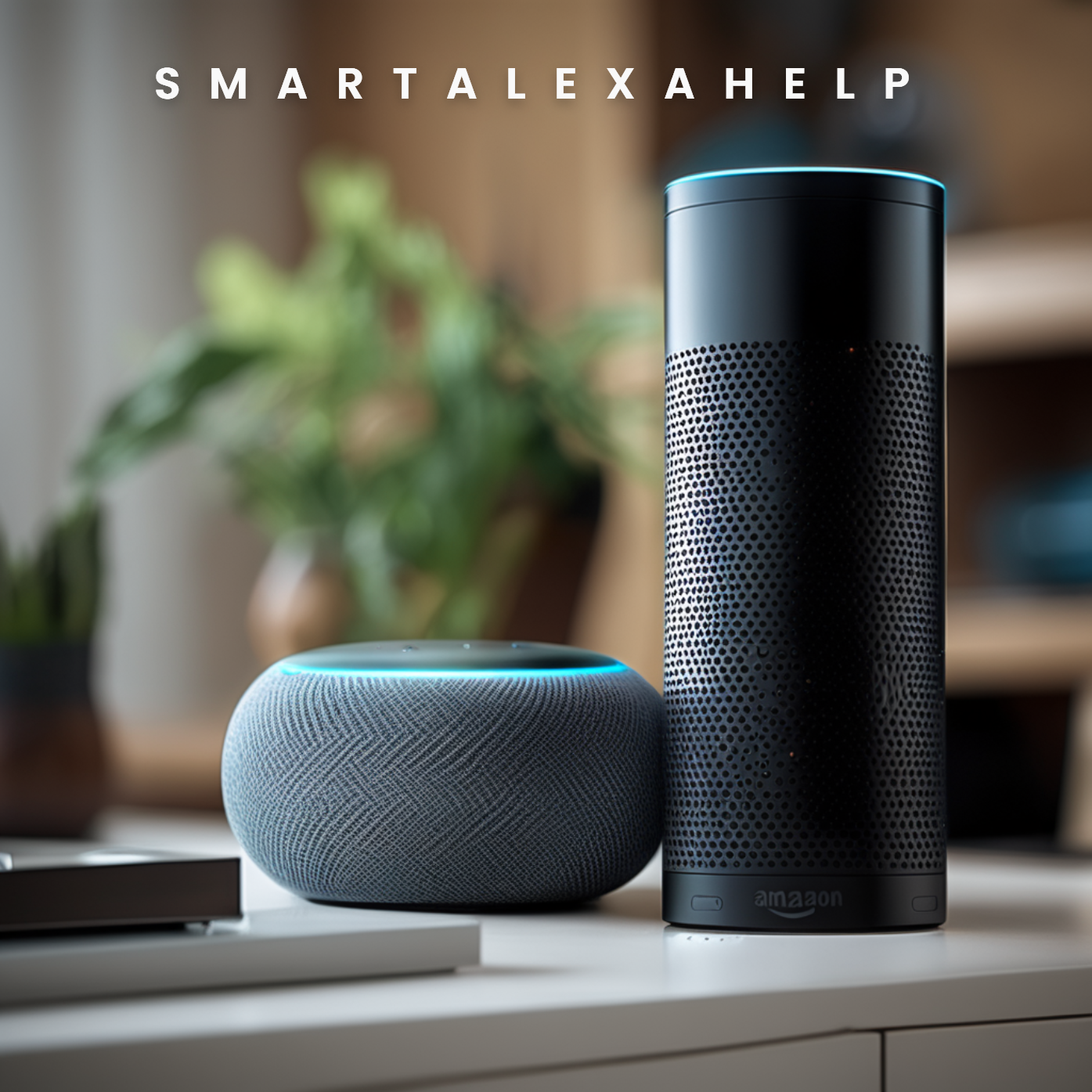
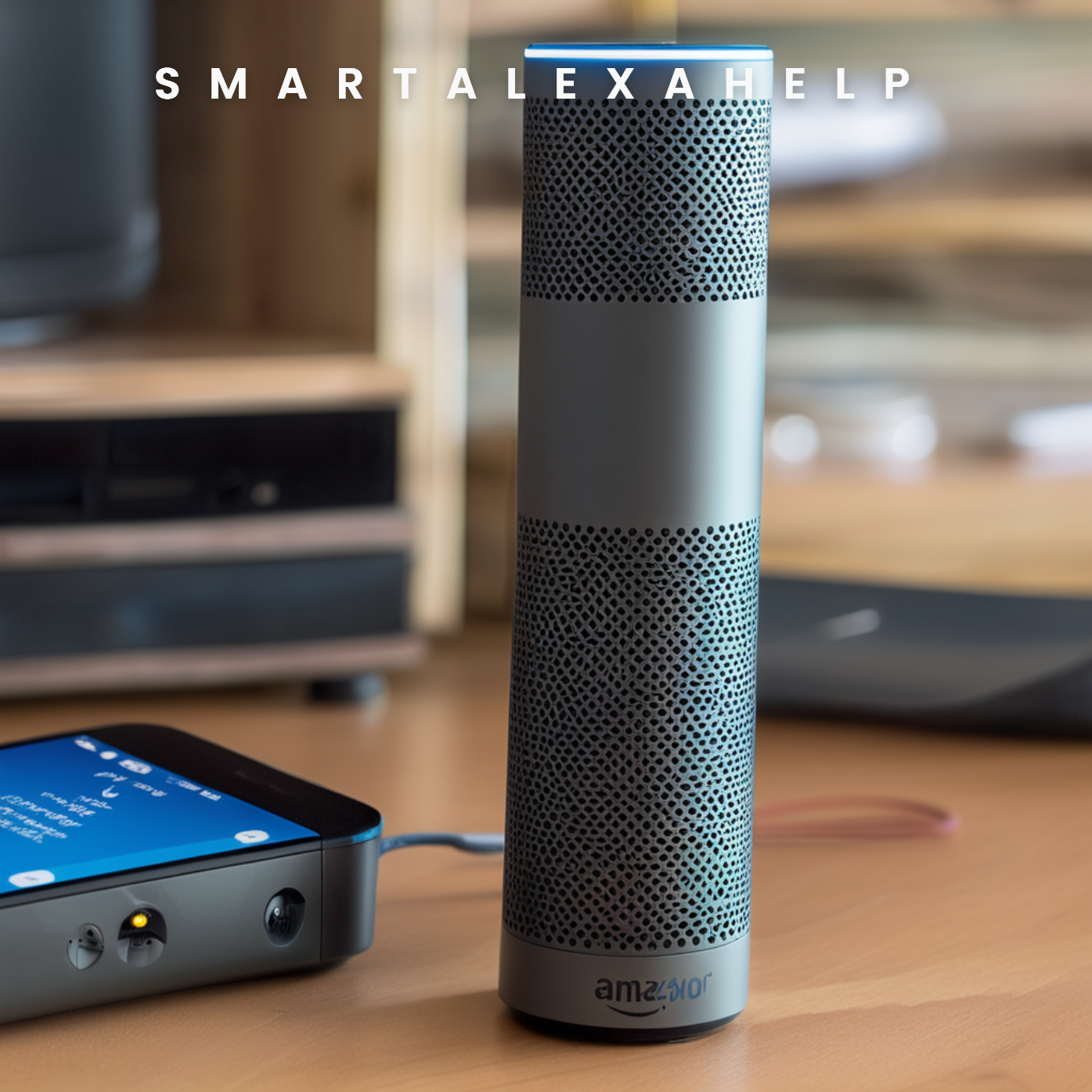

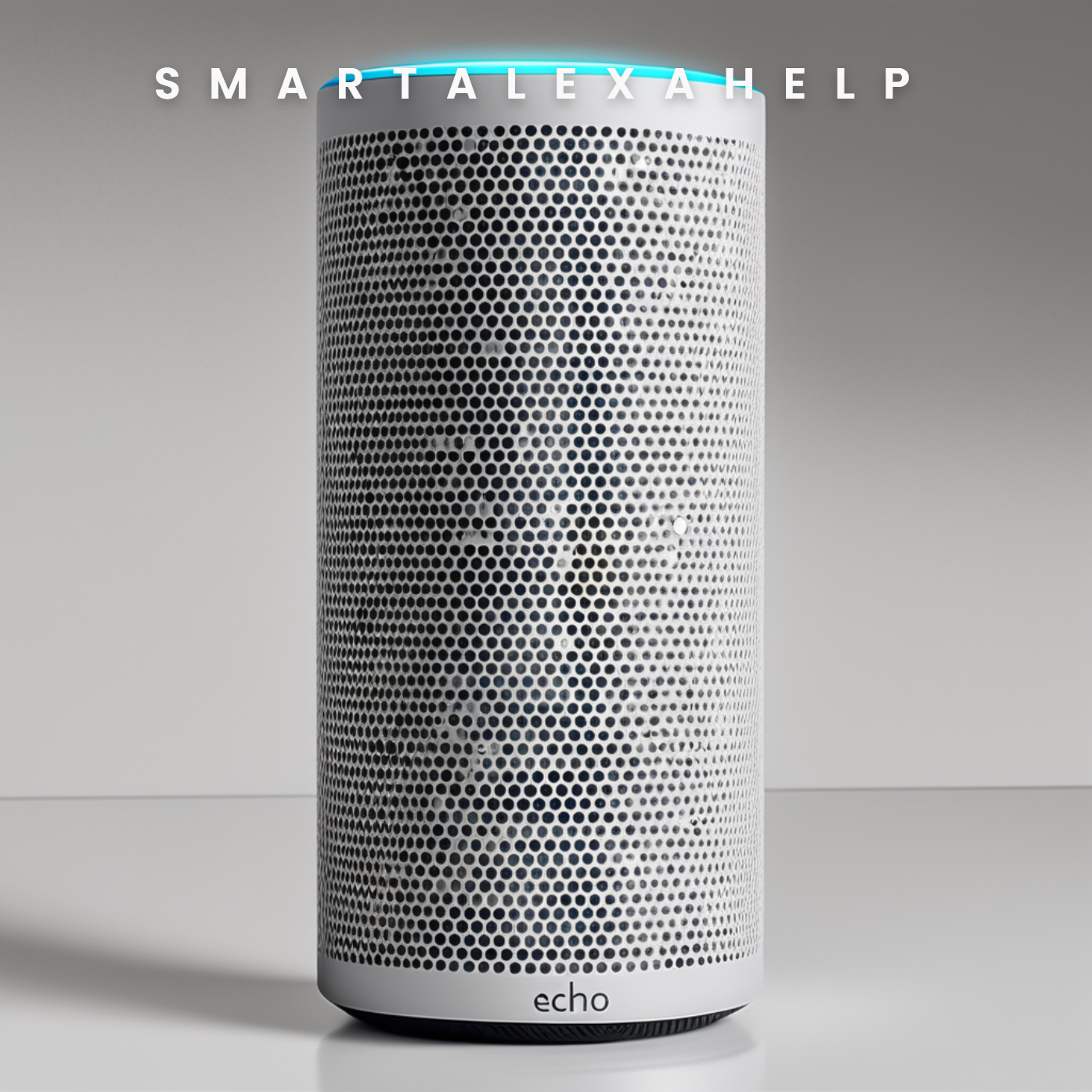
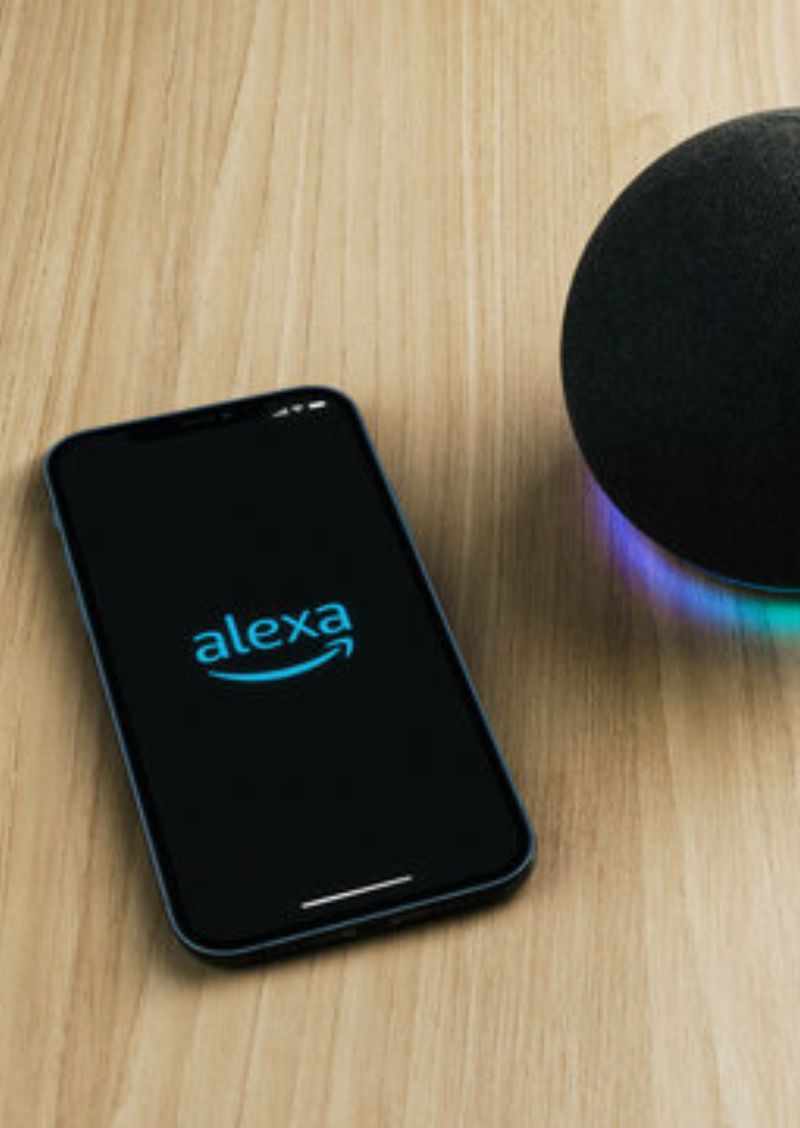
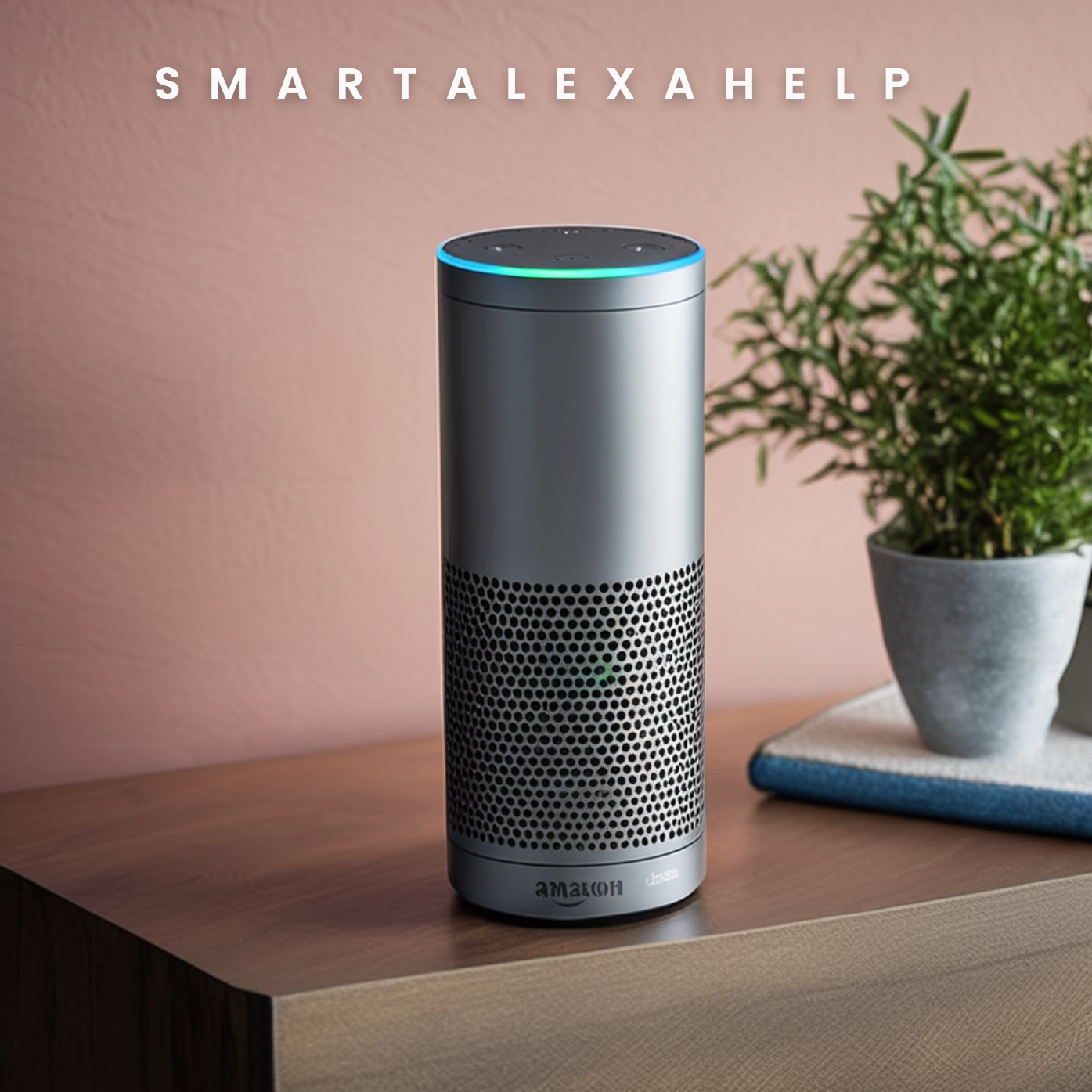
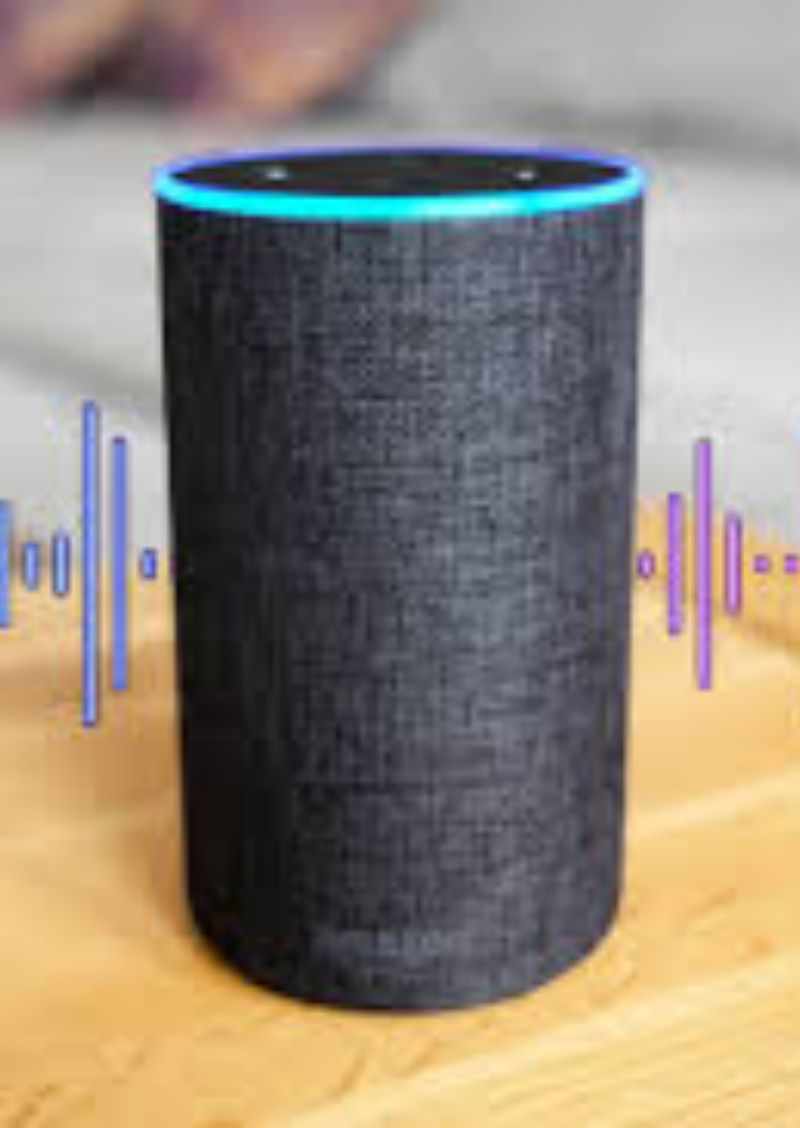
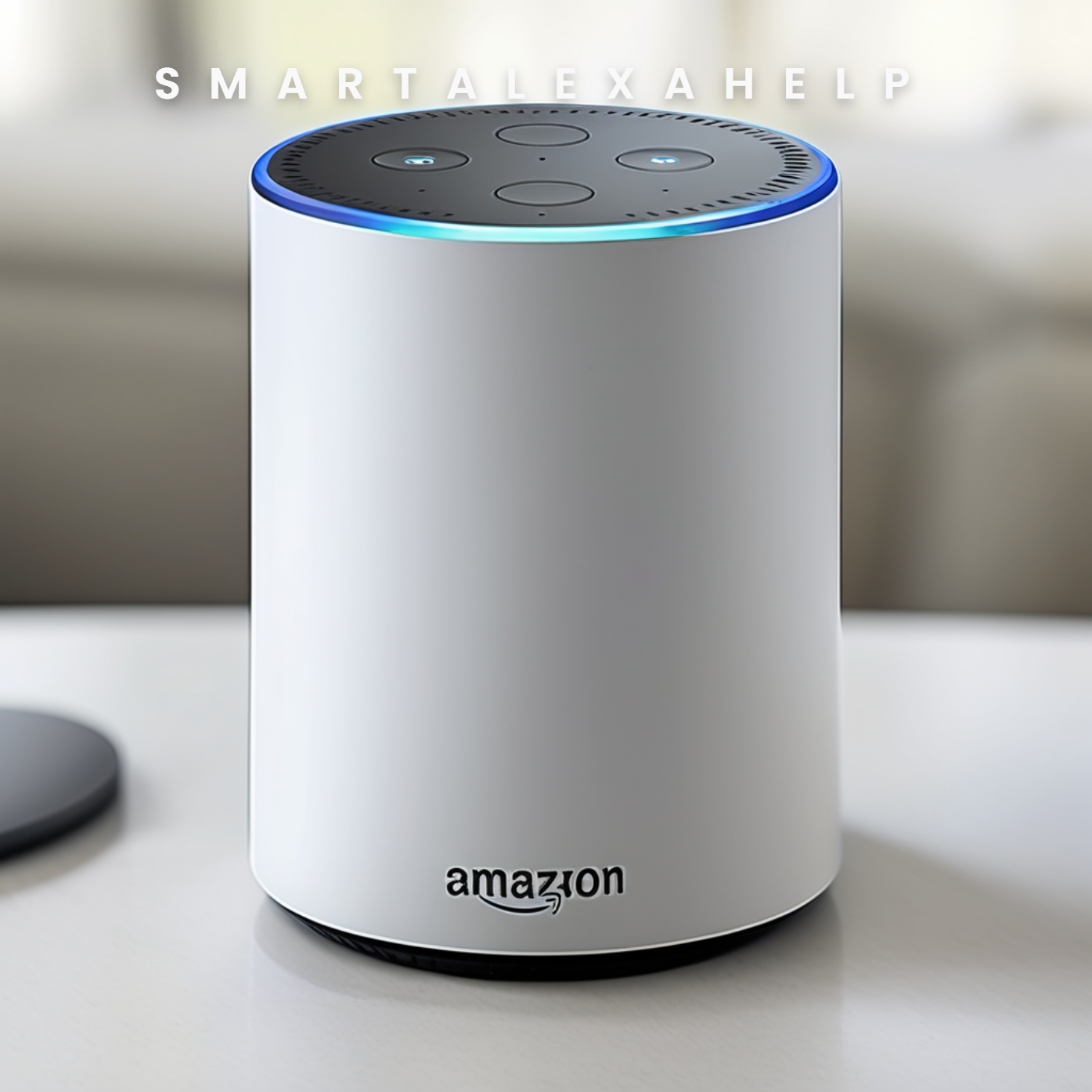
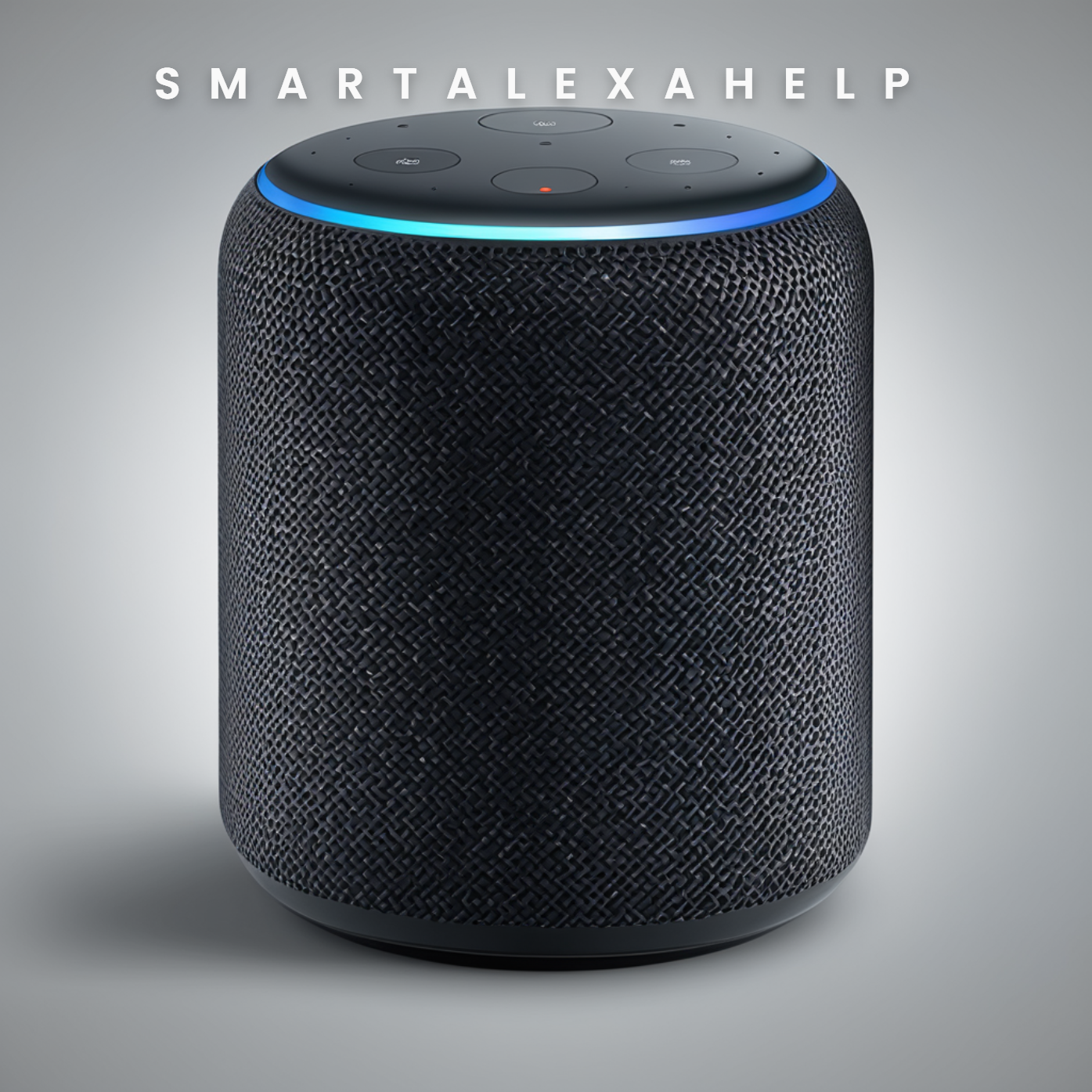

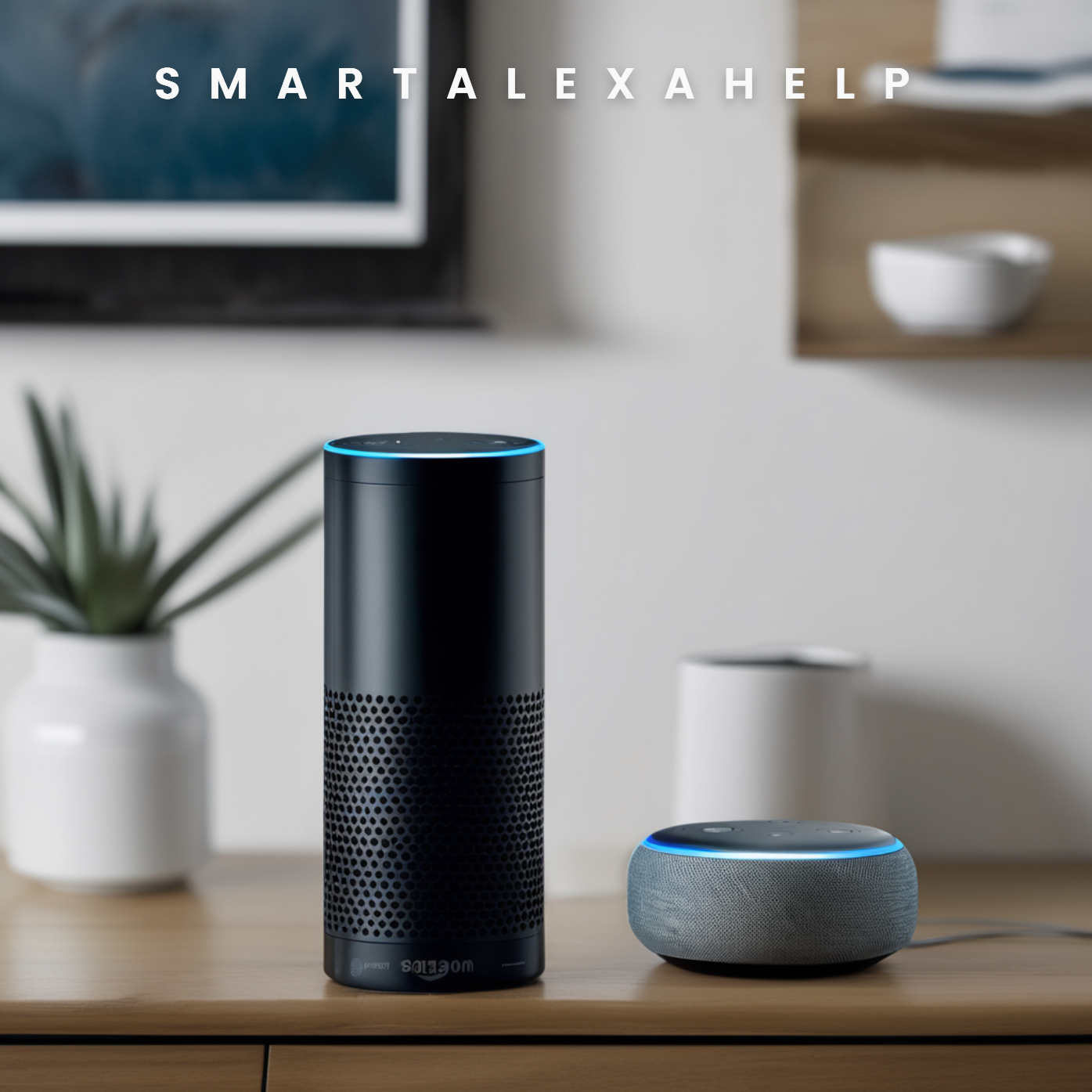

Write a comment ...